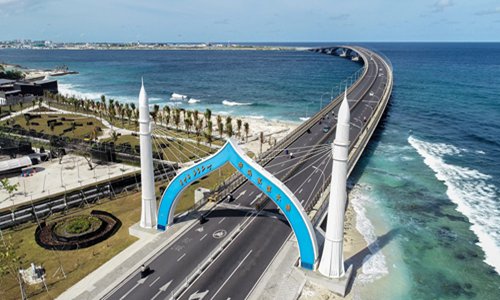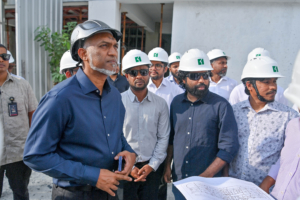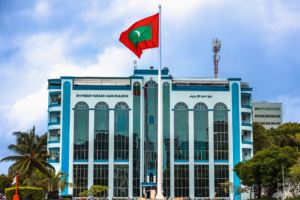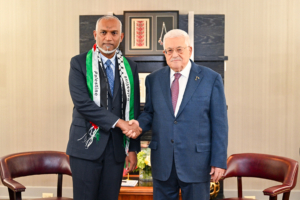Malé, Maldives — The Environment Minister of Maldives, Dr. Hussain Rasheed Hassan revealed that with the help of World Bank, Maldives is preparing on a project to build a 36 Megawatt floating solar PV hybrid system.
While speaking at a television program, Minister Hussain informed that this project by the World Bank is of USD 313 Million and that under this project, the country will be keeping solar panels capable of producing 10 megawatt floating on the sea.
“This is one of the biggest floating solar power plants that will be built in the world. In addition to this, we will also be establishing solar PV systems of 11 megawatt capacity in several islands” Minister Hussain stated.
Minister Hussain further stated that they will be achieving the goal they have set if this project becomes successful.
“The goal we wanted to achieve is to increase the development rate in this sector from where it was in 2018, by at least 24% when we reach the year 2023. While it was at only 4% in 2018, we have now increased it to 11.25%.”
In addition to this, Minister Hussain informed that they have also signed an agreement with a company in Thailand to establish solar panels of 5 megawatts in Maldives. The Minister stated that they expect this project to commence in the upcoming month.
According to the minister, these solar panels will be established in the area where the sinamale’ bridge is. The sinamale’ bridge is a 2.1 km long bridge built in 2018 to link the islands, Malé, Hulhulé and Hulhumalé (through Hulhulé’).

The Environment Minister further said that the governments aim is to change the way the citizens are using electricity so the amount of wastage will decrease in the country.
Minister Dr. Hussain also highlighted that the government had allowed net metering for the public after the previous guideline was amended. With the new guidelines, general public can fix solar PV systems at their homes and benefit off from the net metering mechanism. According to the new regulation, utility providers in each island would have to declare how much of solar PV they would allow the island and how much electricity they would be able to purchase from the people.





